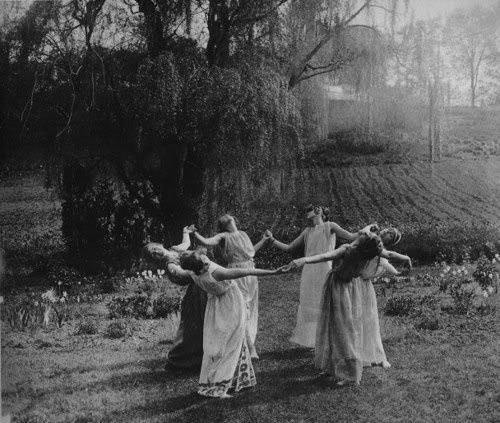
Life without Ballet Classes is proving more relaxing. Yesterday I took advantage of my time and worked on my harpsichord. I finished shortening them and then swapped out the old tongues and put them in their slot. This swapping business was the guy at Zuckerman’s idea and it’s brilliant. It saves me a step or two.
I’m trying to do a bit every day on the harpsichord (with Eileen’s help). Our task today will be to review the instructions on the next step. That will be enough on a busy Wednesday.
It’s less busy because of the lack of Ballet Classes but I still have work to do for upcoming services plus staff meeting and probably also meet with Rev Jen.
I made a discovery this morning. I was submitting the music for this Sunday’s bulletin. I am planning to play a Scarlatti sonata on the piano, one that I have recently fallen in love with. I was checking the Kirkpatrick number since I am playing it from my old Longo edition that I purchased used. In this edition the previous owner has made copious notes on each sonata including the Kirkpatrick number.
As I looked at this on ISMLP I noticed that there was a Kenneth Gilbert version of it also available for download. This is exciting. His is the definitive version. It’s very expensive to purchase. Hope College owns it, but it’s sort of a pain to go over and check out pieces unless I have a serious reason to do so.
How cool is that? Maybe Gilbert has released the copyright for his entire edition? That would be very fine. As it is, the difference between these two versions is substantial.
Longo is the pioneer making the first (as far as I know) complete edition of these wonderful pieces. Here’s the first few measures of his version.
 Note all the P,F,Sf, cresendos, staccato and slur markings. Now here’s Gilbert’s version.
Note all the P,F,Sf, cresendos, staccato and slur markings. Now here’s Gilbert’s version.
Like any good modern editor, Gilbert tries to present as clear and as authentic a version as possible. Scarlatti did not write any of the stuff that Longo added, of course. Plus there are even text differences in this piece: Longo writes an A sharp where apparently Scarlatti had written A natural.
D and G stand for droit (right) and gauche (left) hands.
Looking forward to performing this piece Sunday. Someday maybe I could do it on harpsichord. Hah!
